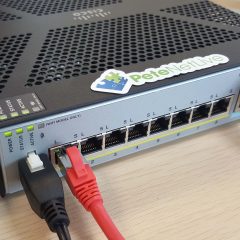Cisco AnyConnect – Allow Domain Password Change via LDAP
KB ID 0001273 Problem If you have remote users who connect via VPN, and a policy that forces them to change their password periodically, this can result in them getting locked out without the ability to change their password (externally). If your Cisco ASA is using LDAP to authenticate your users, then you can use your remote AnyConnect VPN solution to let them reset their passwords remotely. Solution Standard LDAP runs over TCP...
Cisco VPN – Split Tunnel Not Working?
KB ID 0001239 Problem Here I’m dealing with AnyConnect VPNs, but the principles are exactly the same for both remote IPSEC and L2TP VPNs. You connect to your VPN and can no longer browse the internet from your remote location. You can confirm that split-tunnelling is working or not by connecting with your VPN client and looking at the routing information. Solution Before proceeding are you sure Split-Tunnelling has ever been...


